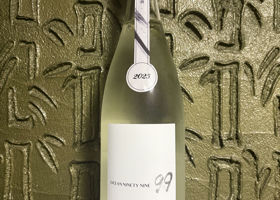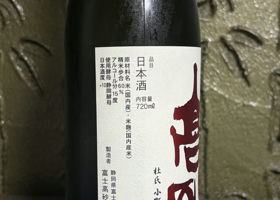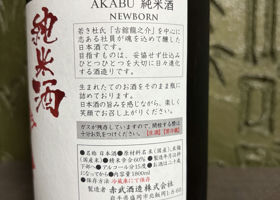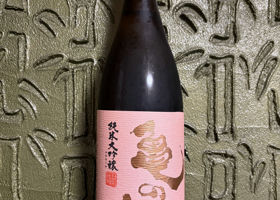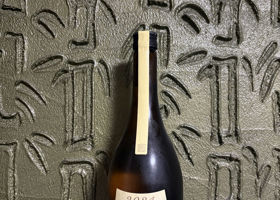

ごう
Tazake new year bottle 2026.
The ginjo aroma is pleasantly light but floral and capricious, but with hints of ripe apples.
It has a smooth spread with a rounded, tangy acidity and umami, a clean but slightly thick flavor, and a touch of sweetness.
The lingering aftertaste is beautifully slow and delicate, with a pleasant bitterness and a slight astringency in the aftertaste.
The standard sake is also fine-tuned in various ways, but this is a delicious bottle that gives a glimpse of Tasake's direction and spirit of exploration, isn't it?
Japanese>English










